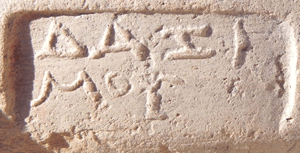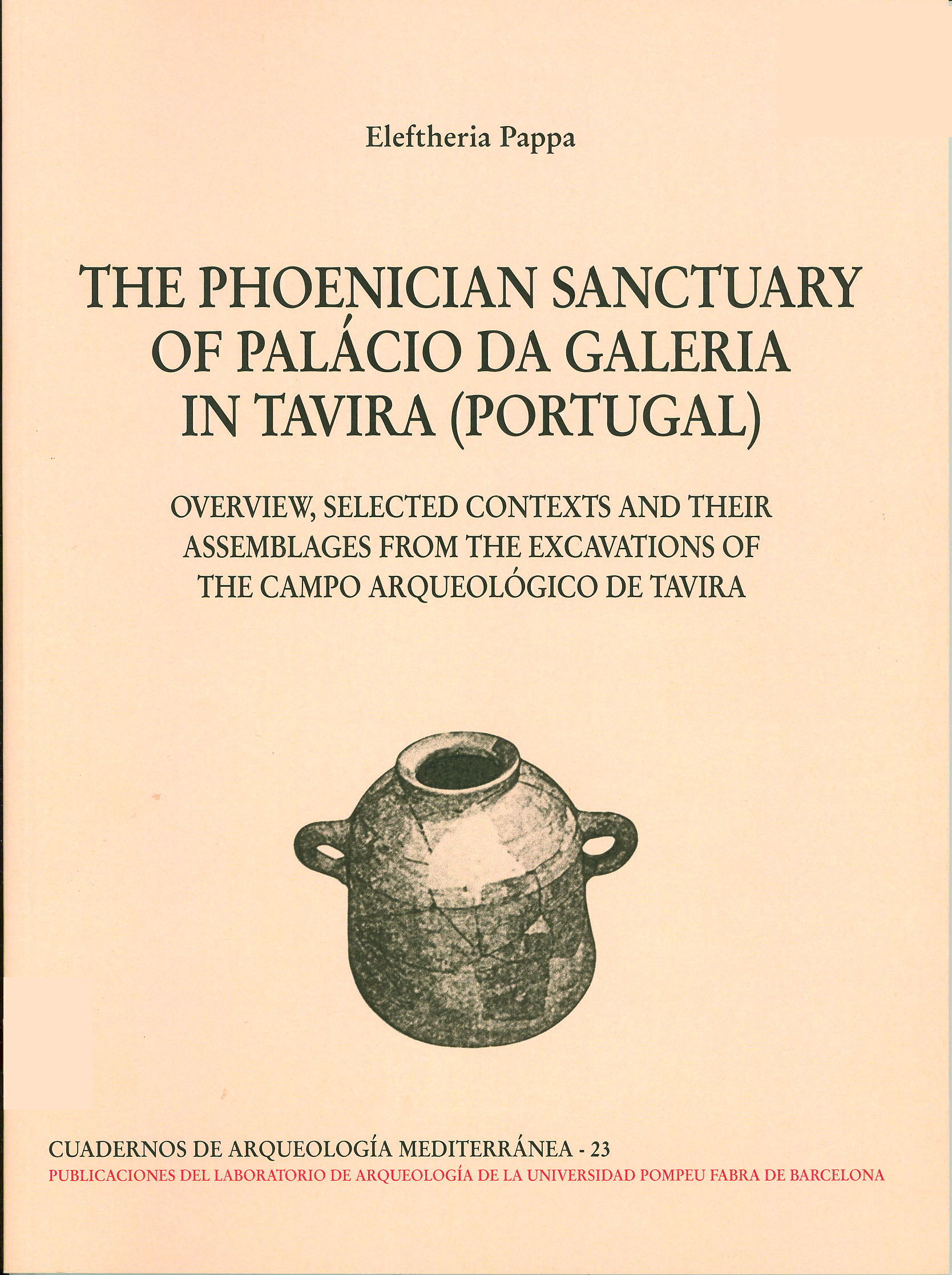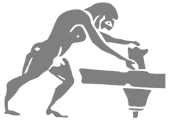| | Several papers of the Project’s Contributors
IAVARONE S., OLCESE G. (2013), Le anfore Dressel 2-4 di produzione tirrenica: una proposta di progetto archeologico ed archeometrico, in IMMENSA AEQUORA Workshop, Atti del Convegno, Roma 24-26 gennaio 2011, Roma 2013, pp. 221-226.
MANZINI I. (2013). La ceramica a vernice nera di Teano: nuovi dati sulle caratteristiche della produzione locale, in IMMENSA AEQUORA Workshop. Ricerche archeologiche, archeometriche e informatiche per la ricostruzione dell'economia e dei commerci nel bacino occidentale del Mediterraneo (metà IV sec. a.C. - I sec. d.C.), Atti del Convegno, Roma 24-26 gennaio 2011, a cura di G. Olcese, Immensa Aequora 3, Roma, Edizioni Quasar, 2013, pp. 201-208.
OLCESE G., SORANNA G. (2013). I palmenti dell'Italia centro meridionale. Studio storico-archeologico, topografico e archeobotanico in alcune aree di Campania e Sicilia, in IMMENSA AEQUORA Workshop, Atti del Convegno, Roma 24-26 gennaio 2011, Roma 2013, pp. 307-314.
GIUNTA S. (2011). Lo scarico della fornace ellenistica di S. Giacomo a Gela: dati preliminari e prospettive di ricerca, in Rivista di Studi Liguri n°LXXIV (gennaio-dicembre 2008), Bordighera 2011, pp. 147-175.
GIUNTA S. (2010). Le anfore greco italiche di alcuni contesti di Gela, in OLCESE G. (2010). Artigianato ed economia a Ischia e nel Golfo di Napoli. Le anfore greco italiche: archeologia e archeometria, Roma 2010, ISBN 978-88-7140-450-9, pp. 288-291.
ZEVI F., MANZINI I. (2008). Le iscrizioni della Porta Romana a Ostia: un riesame, in TITULI, 9, 2008: Epigrafia 2006. Atti della XIV Rencontre sur l’Épigraphie in onore di Silvio Panciera, a cura di M.L. Caldelli, G.L. Gregori, S. Orlandi, Roma 2008, pp. 187-206.
COLETTI C.M. (2006). Ceramiche comuni, in C. Pavolini et alii, Un contesto archeologico flavio da Piazza Celimontana a Roma, Mélanges de l’Ecole Française de Rome, Antiquité, 118.2, 2006, pp.403-462 (pp.423-430).
COLETTI C.M. (con Saguì L..) (2004). Contesti tardoantichi dall’area a S-E della Crypta Balbi, in L. Paroli, L. Vendittelli (a cura di), Roma dall’Antichità al Medioevo II. Contesti tardoantichi e altomedievali, Roma 2004, pp.242-277.
COLETTI C.M. (2003). Necropoli sotto l’Autoparco vaticano: la ceramica, in E.M. Steinby (a cura di), La necropoli della Via Triumphalis. Il tratto sotto l’Autoparco Vaticano, Roma 2003 (Atti della Pontificia Accademia Romana di Archeologia, Serie III, Memorie, vol. XVII), pp.183-198.
COLETTI C. (2000). Gebrauchs- und Kochkeramik, in M. Heinzelmann, Die Nekropolen von Ostia. Untersuchungen zu den Gräberstrassen vor der Porta Romana und an der Via Laurentina, München 2000, pp.350-352.
COLETTI C.M. (con Ciarrocchi B., Martin A., Paroli L., Pavolini C.) (1998)., Ceramica comune tardo antica da Ostia e Porto (V-VII secolo) in Lucia Saguì (a cura di), Ceramica in Italia: VI-VII secolo, Firenze 1998, pp.383-420.
COLETTI C.M. (1996). Le importazioni di ceramica da cucina a Ostia tra l’età flavia e l’età tardoantonina, in M. Bats (a cura di) Les céramiques communes de Campanie et de Narbonnaise (I s. av. J.-C. - II s. ap. J.-C.). Actes des Journées d'étude organisées par le Centre Jean Bérard et la Soprintendenza Archeologica per le Province di Napoli e Caserta, Naples, 27-28 mai 1994, Napoli 1996 (Collection du Centre Jean Bérard, 14), pp.402-419. |













































